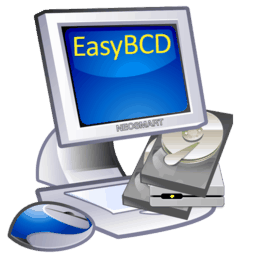 Last month, Canonical Ltd. released the newest update to their extremely popular Ubuntu: Ubuntu Gutsy Gibbon (7.10)… But it hasn’t been all fun and games, as thousands of irate users will tell you… If you search the web, the blogosphere, usenet, and the Ubuntu Support Forums for slow internet problems, you’ll get more than you ever bargained for. Ubuntu 7.10’s networking stack is broken, make no mistake about it.
Last month, Canonical Ltd. released the newest update to their extremely popular Ubuntu: Ubuntu Gutsy Gibbon (7.10)… But it hasn’t been all fun and games, as thousands of irate users will tell you… If you search the web, the blogosphere, usenet, and the Ubuntu Support Forums for slow internet problems, you’ll get more than you ever bargained for. Ubuntu 7.10’s networking stack is broken, make no mistake about it.
The symptoms include incredibly-slow internet access, inability to access certain domains, slow logon times, slow application launch times (under GNOME), and so on and so forth. There hasn’t been any official acknowledgement, but the consensus is that it’s a bug that’s re-surfaced from Ubuntu Edgy Eft (version 6.10).
In short, internet on Ubuntu is useless. There are multiple guides across the net with the solution along with an “explanation” we find to be inadequate and fundamentally flawed. The solution is to disable anything that even smells remotely of IPv6. Remove it from the network settings, remove the definitions from the hosts file, configure your favorite web browser to pretend it doesn’t exist, and you’ll get your internet back.

 Skype is a great and most-useful program, and undoubtedly one of the revolutionizing services in the world of online communication. Windows Mobile (both versions 5 and 6) is an awesome examples of mobile productivity and portable office that fits in your pocket. But unfortunately, the two just don’t mix… not at all.
Skype is a great and most-useful program, and undoubtedly one of the revolutionizing services in the world of online communication. Windows Mobile (both versions 5 and 6) is an awesome examples of mobile productivity and portable office that fits in your pocket. But unfortunately, the two just don’t mix… not at all.  EasyBCD 1.7.1 has just hit the press, our caching engines have been activated, and we’re ready for you to
EasyBCD 1.7.1 has just hit the press, our caching engines have been activated, and we’re ready for you to